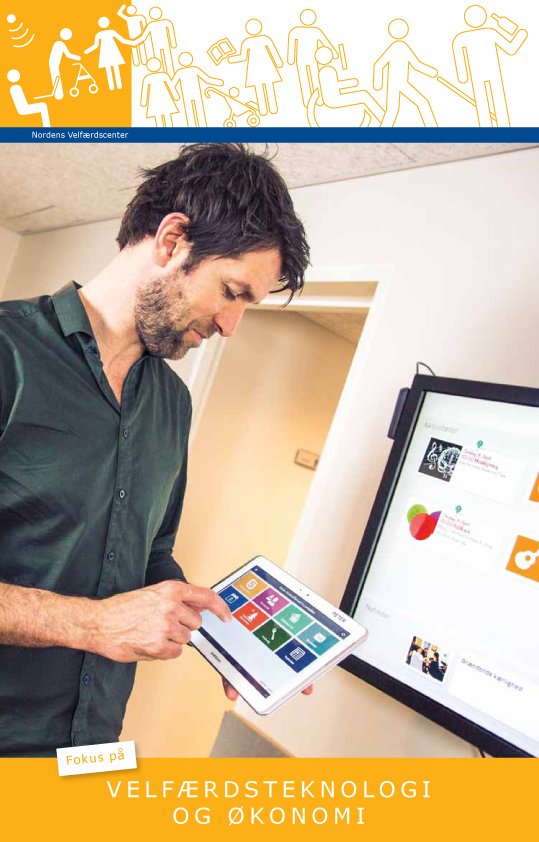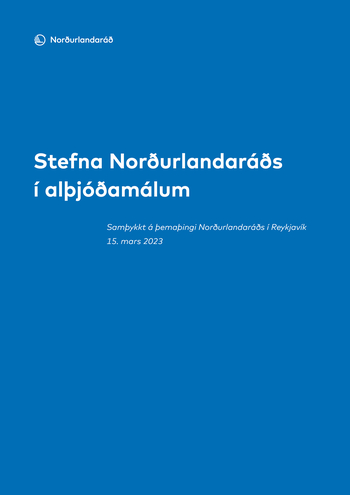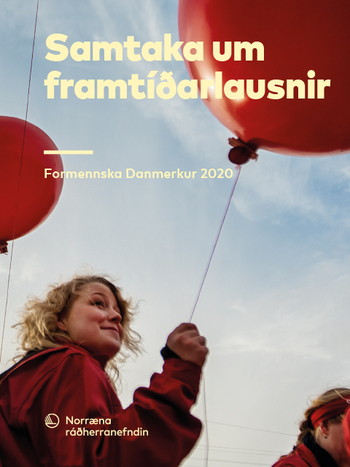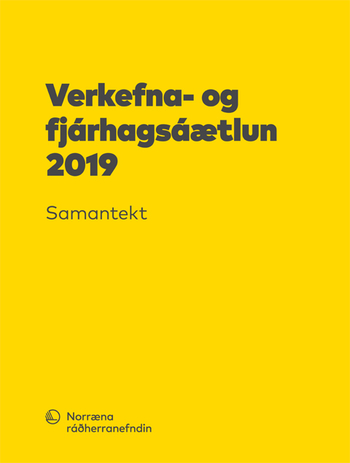Velfærdsteknologi og ekonomi

Upplýsingar
Publish date
Abstract
In recent years, welfare technology has gone from being primarily an innovative vision into a tangible tool in the govern-ment toolbox. the recession that the nordic region and the rest of the world have experienced since 2008 is likely to have played a role in the rapid matura-tion of the technology. one might say that the economic motivation of public authorities in the nordic region has accelerated the process.therefore, in this booklet, nVC will put focus on the economic aspects of welfare technology, where the focus previously has been on concepts such as empowerment, self-reliance, independence, dignity and improved working conditions for staff.fortunately, cost savings due to welfare technology and quality are not oppo-sites – no matter if it is for citizens or staff. several places in this booklet, you can see just that welfare technology can help maintain quality in times of austerity.THE NORDIc cENTRE FOR WELFARE AND SOcIAL ISSuES REcOmmENDS1. The Nordic municipalities should show risk appetite and courage when working with welfare tech-nology.external funding is a good idea to start with, but profitable work with welfaretechnology requires proper and effective motivation, consolidation and change management. this is best achieved by the municipalities and regions having the courage to invest their own funds.2. Remember that quality in the delivery of public services and cost savings need not be a contradiction – and communicate this clearly.Just because the implementation of welfare technology may result in efficiency imprvements and releasing of resources, it does not mean a decline in the quality of public services. the appropriate welfare technology may provide improved quality of life and better services to the individual citizen or employee whilst resources are released.3. Establish a structured workflowfor welfare technology.if you want to maximize the opportunity for successful implementation and maximum return on the resources invested in the work of welfare techno-logy, it is necessary to establish a structured workflow forwelfare techno-logy. it takes a structured effort to detect and harvest potential economic benefit of implementing welfare technology.4. Public authorities should both allocate the necessary resources and time for valid evaluation and documentation of the work on welfare technology.too many projects and technology trials have resulted in non-validated evaluation reports and business cases. the public authorities in the nordic region must become better at devoting time and resources to conducting the necessary evaluation, planned from the beginning, for the effect to be both qualitatively and economically substantiated.5. Nordic municipalities and regions need to become better at learning from each other through the exchange of experiences of e.g. evaluation reports and business cases. Avoid duplication and "wasted" resources.too many nordic municipalities have during the past few years reinvented the wheel with respect to welfare technology. As a society, and across borders, we must be better at sharing experiences and thereby optimizing the use of resources. Cooperation and shar-ing of experiences is made much easier when public authorities pursue a structured workflow and allocate fundsfor a thorough evaluation.6. The Nordic region should exploit the potential of a common Nordic market within the field of welfaretechnology. A better use of this potential will strengthen both public and private actors.in spite of a common nordic welfare model, similar health systems and languages, the nordic welfare techno-logy market is still fragmented. the cultivation of a common market of 26 million inhabitants would strengthen both businesses and public authorities.
Organisation




